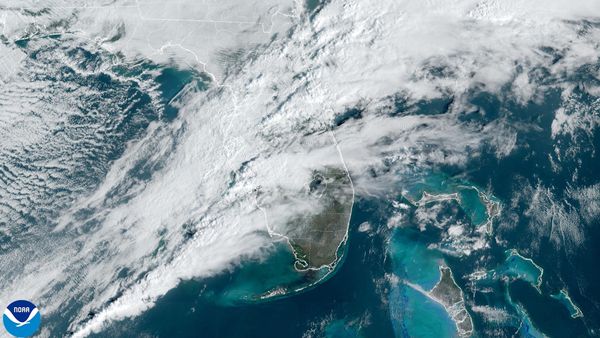The 2024 election will see US voters choose the next president and determine which party holds the House and Senate.
Voting in the primary elections kicked off in Iowa on 15 January, where Republican voters handed Donald Trump a landslide victory over Nikki Haley and Ron DeSantis. In New Hampshire, Trump again beat Haley; meanwhile in the Democratic race, Joe Biden won the primary – despite his name not being on the ballot.
Haley lost to “none of the candidates” in Nevada’s 7 February primary. Trump was the only major candidate in Republican caucuses on 8 February, taking 99.1% of the vote.
Biden won the South Carolina primary, easily sweeping past his opponents. Haley lost to Trump in the Republican primary in her home of South Carolina on 24 February.
Biden easily won the Michigan primary on 27 February – but shed support over Gaza, with 100,000 “uncommitted” votes cast. Trump defeated Haley easily in Michigan, with 68% of the vote.
On 5 March, voters in 16 US states and one US territory went to the polls to cast ballots for Super Tuesday. Biden and Trump dominated yet again, all but ending the primary season.
Next up: Georgia, Mississippi and Washington hold their primary elections, while Republicans in Hawaii hold caucuses on 12 March.
States have different rules, but the primary elections determine how many delegates are awarded to each presidential candidate. Those delegates then vote at the Republican and Democratic conventions in the summer to officially choose the party’s nominee. On 5 November, the country will cast its vote for a presidential candidate as well as in other races, such as Senate, House and state-level positions.
In a uniquely American fashion, there are ever-changing rules and party maneuvers in both how people vote, and when. After the 2020 election, which culminated in political violence and lengthy court battles, this year’s election is difficult to predict. For now, here’s the schedule of key events to watch.







